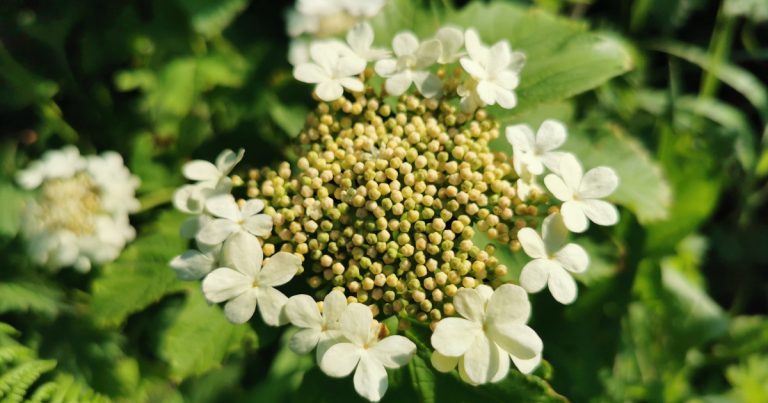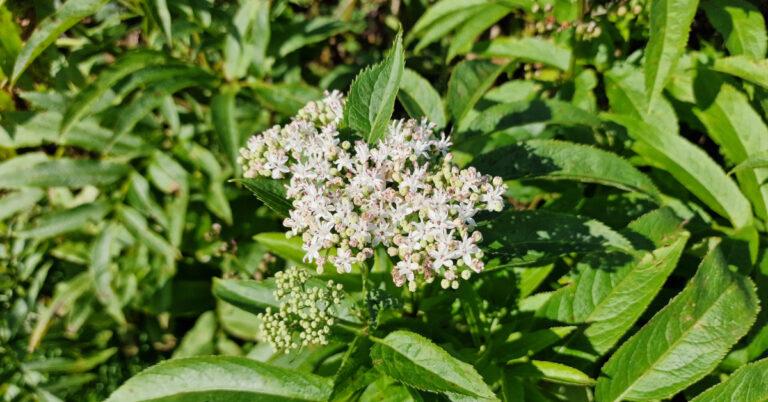An Trom
Sambucus nigra
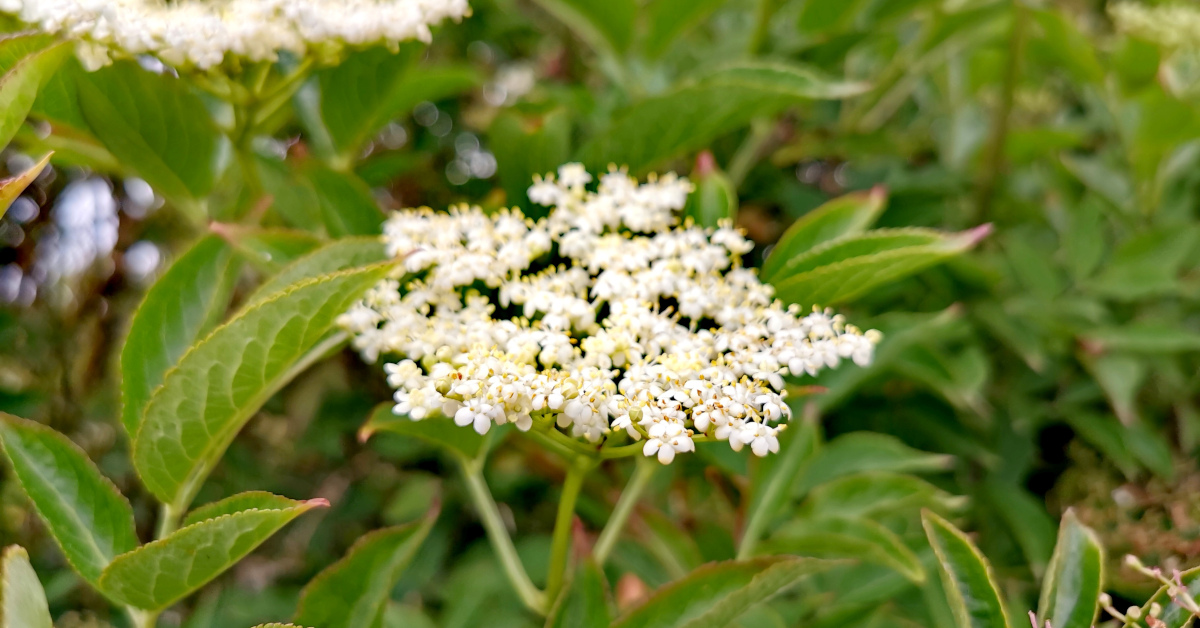
Ainmneacha Eile: Bualtraidh[4, 9], Ruis[6, 9, 10], Crann Droim[6], Crann Ealdruim[6], Craobh/Crann Dromáin[6], Tromán[6, 9] (dim)
Níos mó eolais ag www.crainnte.ie
Gailearaí
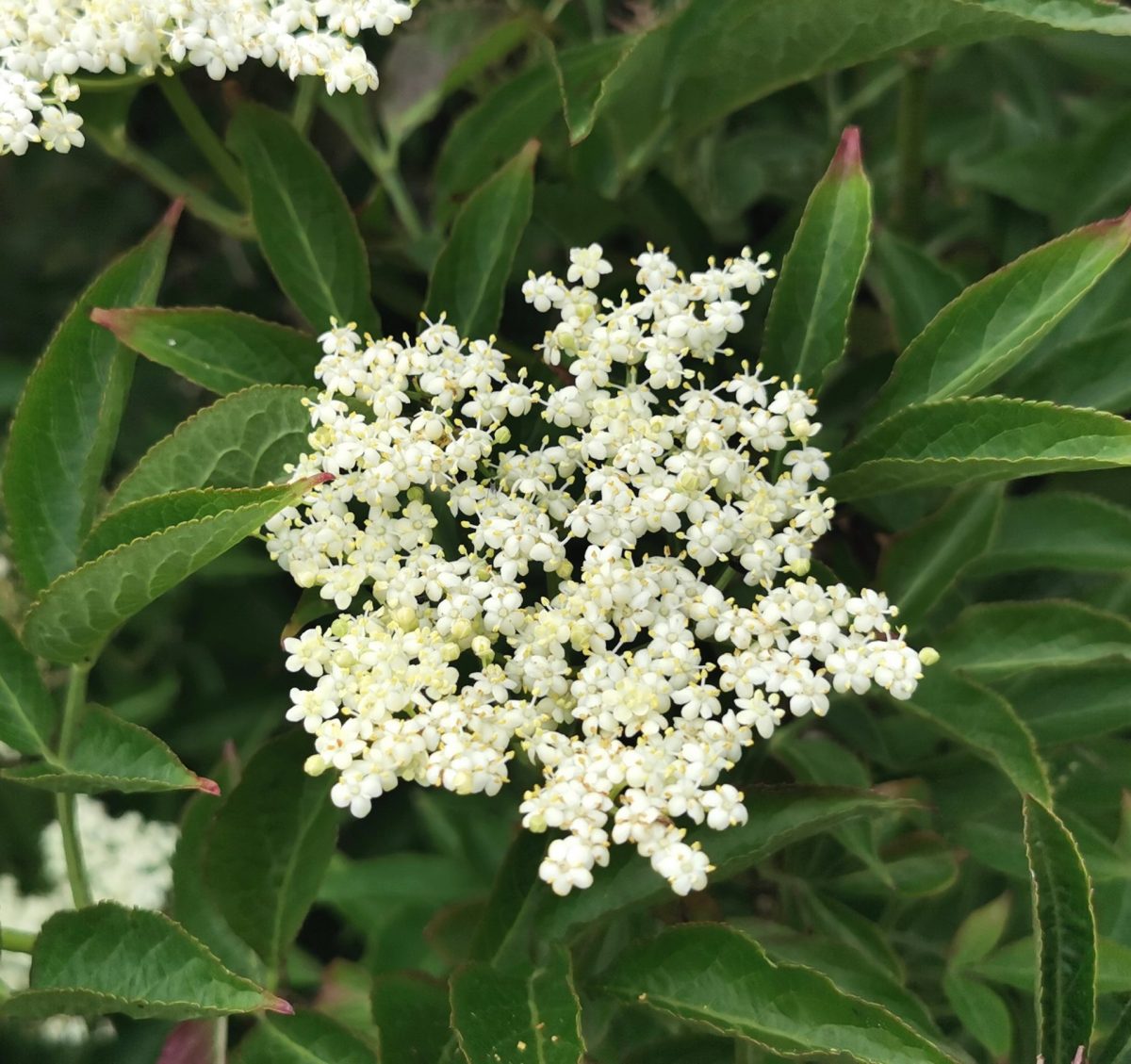
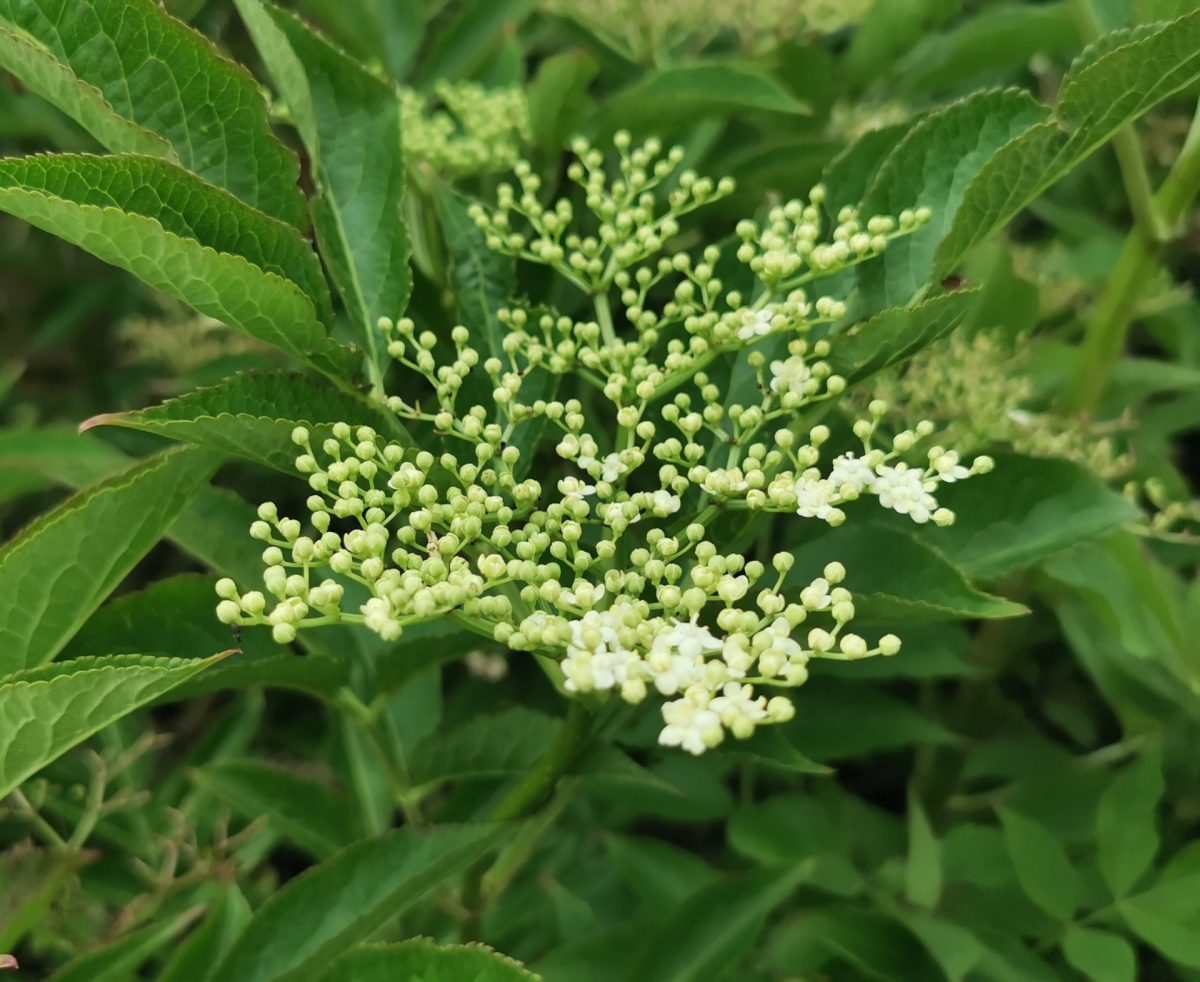
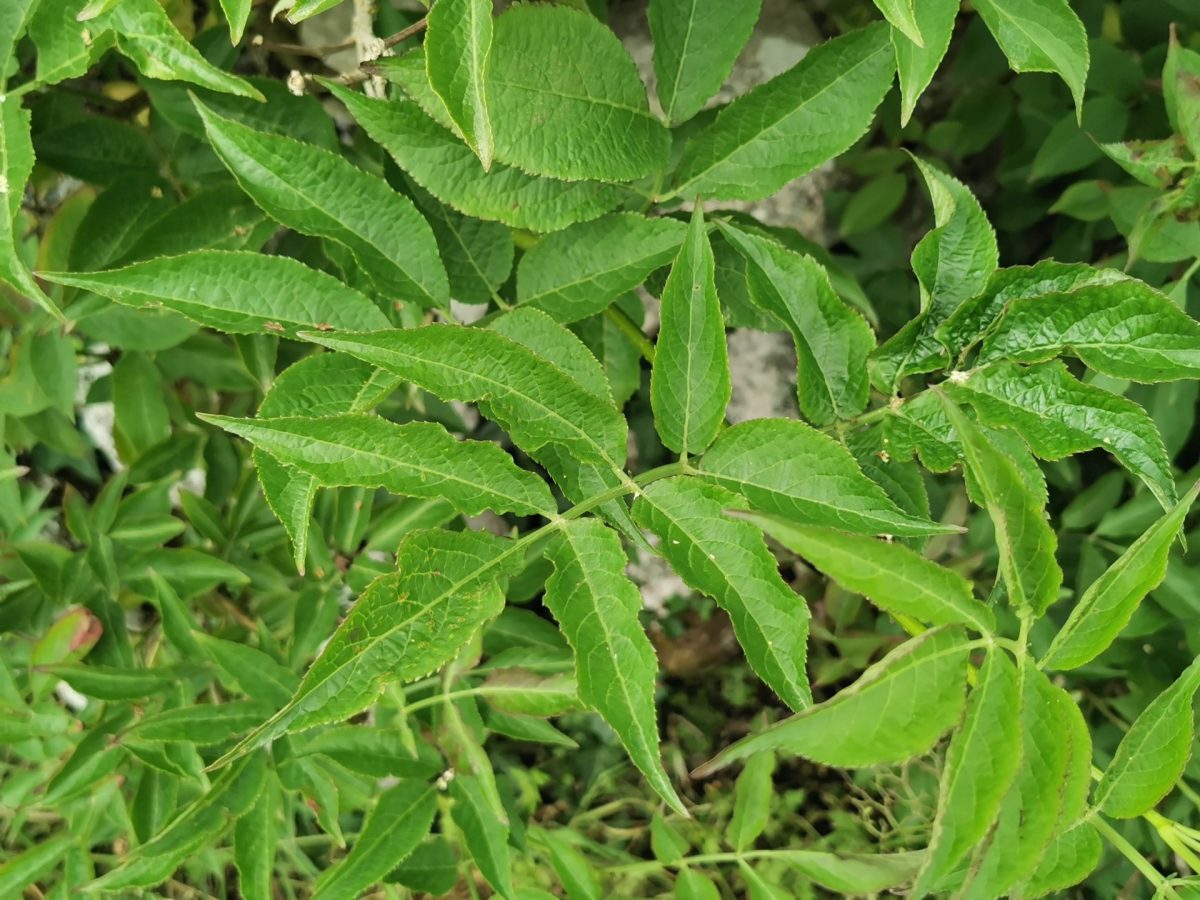
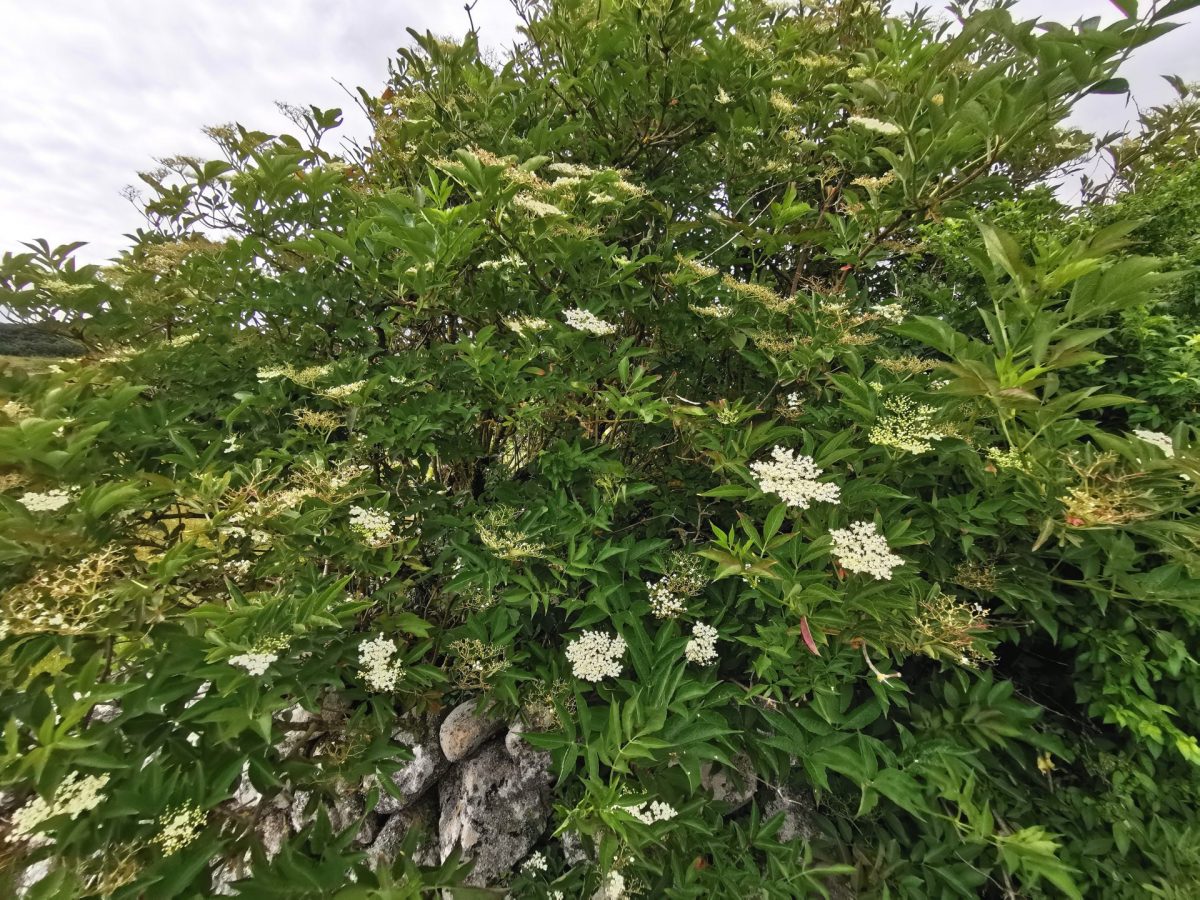
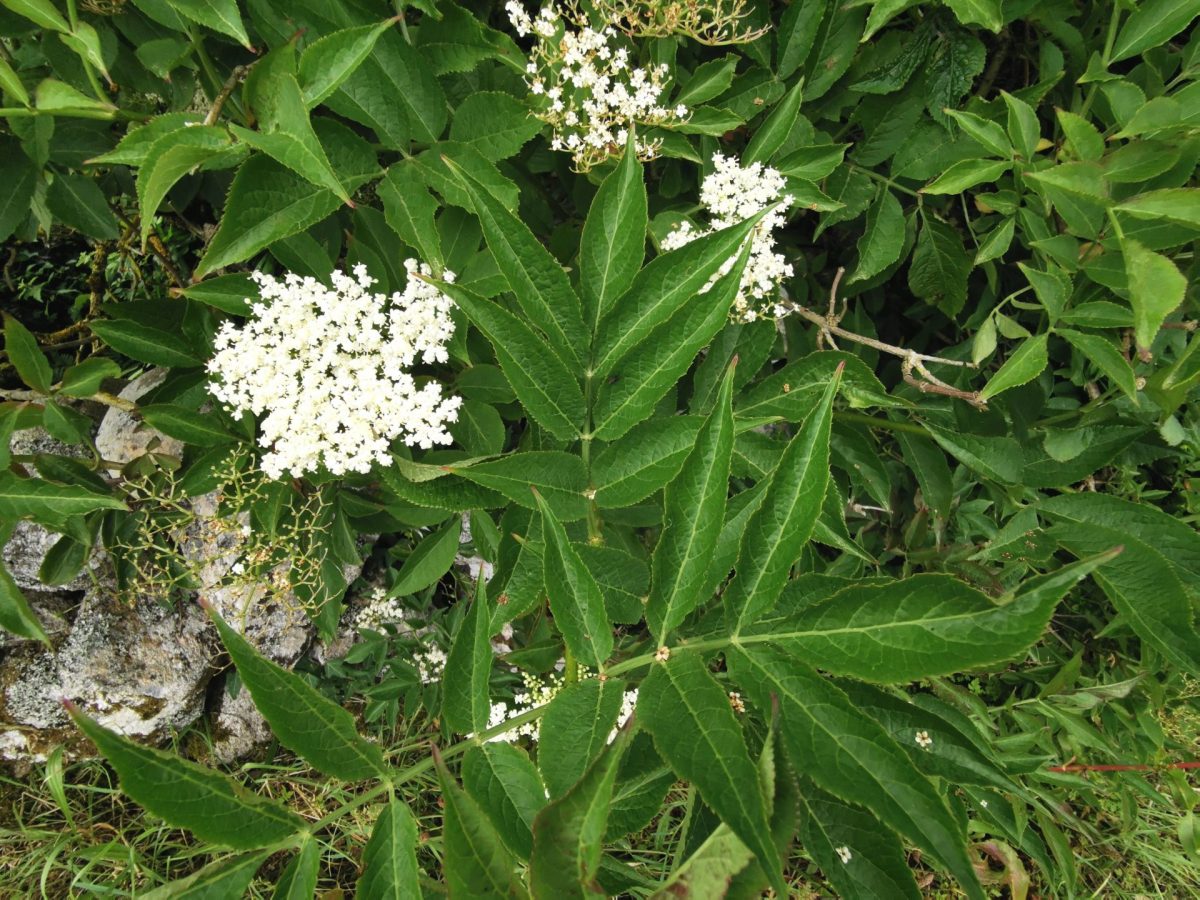
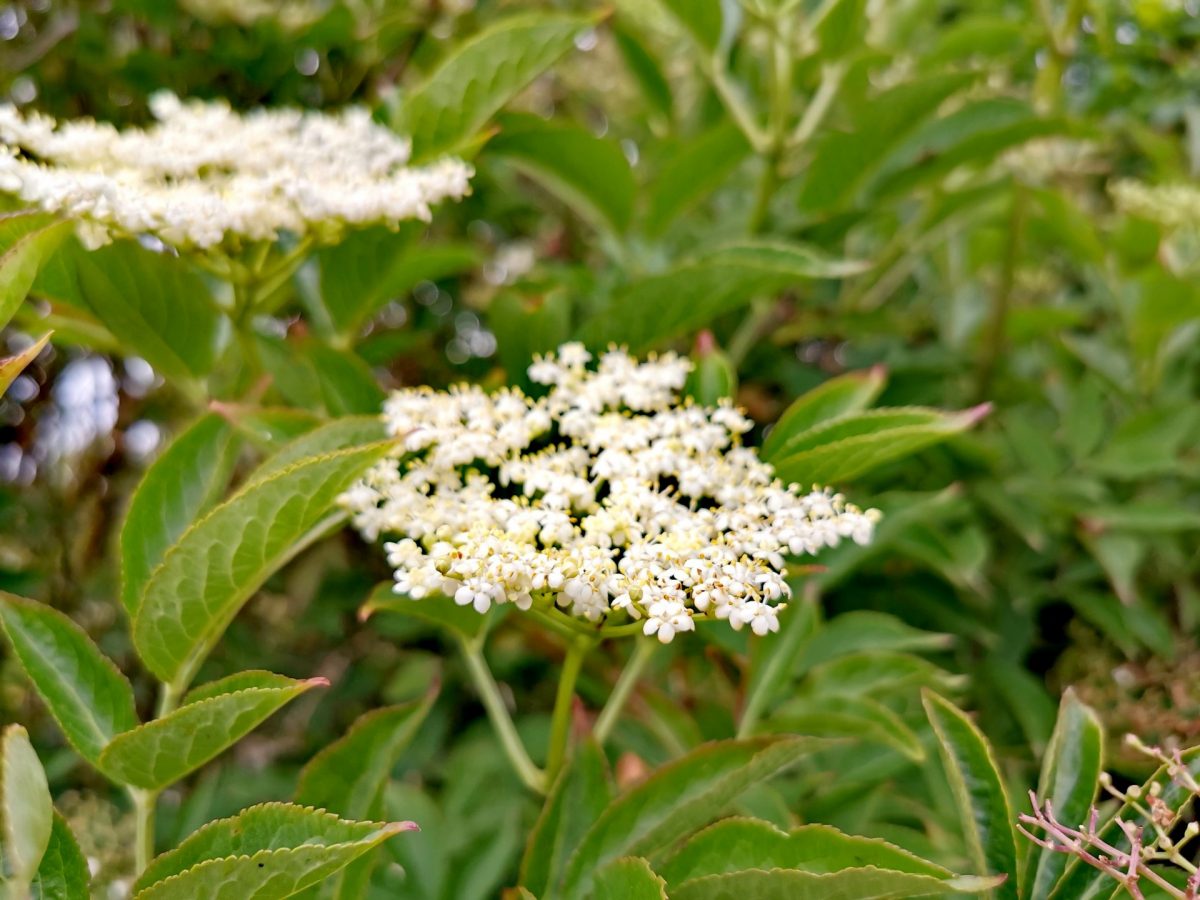
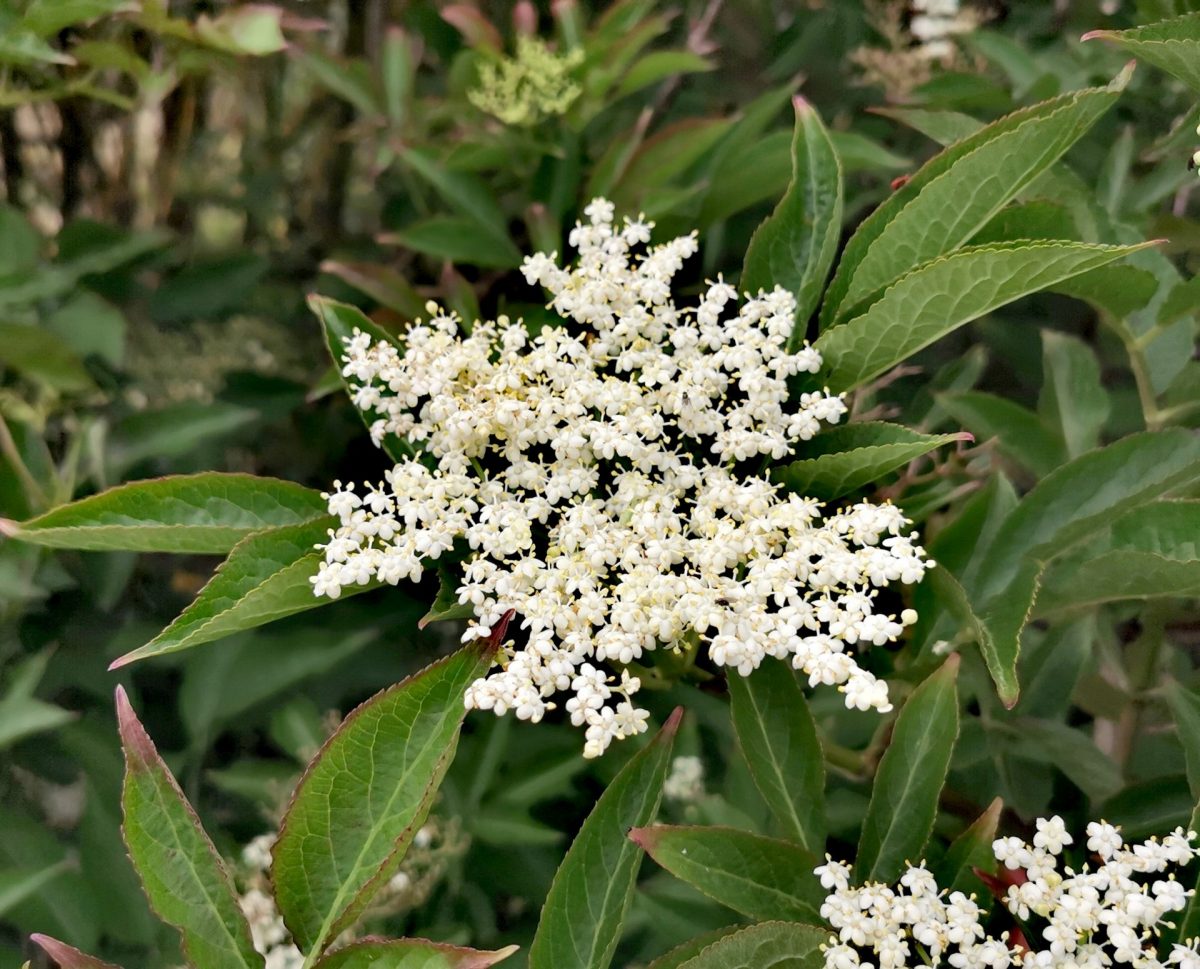
Tagairtí
1 Moloney, M.F., Irish ethno-botany and the evolution of medicine in Ireland. 1919: MH Gill.
2. Lane, T.O.N., Lane’s English-Irish Dictionary…: Compiled from the Most Authentic Sources. 1904: D. Nutt.
3. Ó Dónaill, N. and T. De Bhaldraithe, Foclóir Gaeilge-Béarla. 1992: An Gúm.
4. Dinneen, P.S., An Irish-English Dictionary. 1927: Educational Company of Ireland.
5. Stroh, P.A., et al., Plant atlas 2020: mapping changes in the distribution of the British and Irish flora. 2023: Princeton University Press.
6. Milner, J.E., Trees of Britain and Ireland: History, Folklore, Products and Ecology. 2011: Natural History Museum.
7. Enescu, C., T. Durrant, and G. Caudullo, Sambucus nigra in Europe: distribution, habitat, usage and threats. 2016.
8. Fossitt, J.A., A Guide to Habitats in Ireland, A.C. Oidhreachta, Editor. 2000.
9. Atkinson, M.D. and E. Atkinson, Sambucus nigra L. Journal of Ecology, 2002. 90(5): p. 895-923.
10. Scott-Brown, A.S., et al., Mechanisms in mutualisms: a chemically mediated thrips pollination strategy in common elder. Planta, 2019. 250(1): p. 367-379.
11. Charlebois, D., et al., Elderberry: botany, horticulture, potential. Horticultural Reviews, Volume 37, 2010. 37: p. 213-280.
12. Moore, D.M., Flora Europaea Vol. 4, edited by TG Tutin, VH Heywood, NA Burges, DM Moore, DH Valentine, SM Walters, and DA Webb. Cambridge University Press,£ 25. Oryx, 1977. 14(1): p. 77-77.
13. Kelly, F., Trees in early Ireland. Irish Forestry, 1999.
14. Jarić, S., et al., An ethnobotanical study on the usage of wild medicinal herbs from Kopaonik Mountain (Central Serbia). Journal of Ethnopharmacology, 2007. 111(1): p. 160-175.
15. Jackson, P.W. and M.B. Garden, Ireland’s Generous Nature: The Past and Present Uses of Wild Plants in Ireland. 2014: Missouri Botanical Garden Press.
16. Schmitzer, V., R. Veberic, and F. Stampar, European elderberry (Sambucus nigra L.) and American Elderberry (Sambucus canadensis L.): Botanical, chemical and health properties of flowers, berries and their products. Berries Prop. Consum. Nutr, 2012. 2012: p. 127-144.
17. Trinseach, T., TOY GUNS. Béaloideas, 1949. 19(1/2): p. 124-124.
18. Salamon, I. and D. Grulova, Elderberry (Sambucus nigra): from Natural Medicine in Ancient Times to Protection against Witches in the Middle Ages – a Brief Historical Overview. 2015.
19. Metcalfe, C.R., The Elder Tree (Sambucus nigra L.) as a Source of Pith, Pegwood and Charcoal, with Some Notes on the Structure of the Wood. Kew Bulletin, 1948. 3(2): p. 163-171.
20. Vickery, R., Vickery’s Folk Flora: An AZ of the Folklore and Uses of British and Irish Plants. 2019: Hachette UK.
21. Wood, C., Science and Politics in the War on Cattle Diseases: The Kansas Experience, 1900-1940. Agricultural History, 1980. 54(1): p. 82-92.
22. Skowrońska, W., et al., Wound healing potential of extract from Sambucus nigra L. leaves and its fractions. Journal of Ethnopharmacology, 2024. 320: p. 117423.
23. Młynarczyk, K., D. Walkowiak-Tomczak, and G.P. Łysiak, Bioactive properties of Sambucus nigra L. as a functional ingredient for food and pharmaceutical industry. Journal of Functional Foods, 2018. 40: p. 377-390.
24. Mac Coitir, N., Ireland’s Trees–Myths, Legends & Folklore. 2016: Gill & Macmillan Ltd.
25. Ó Cléirigh, T., Gleanings in Wicklow. Béaloideas, 1928. 1(3): p. 245-252.
